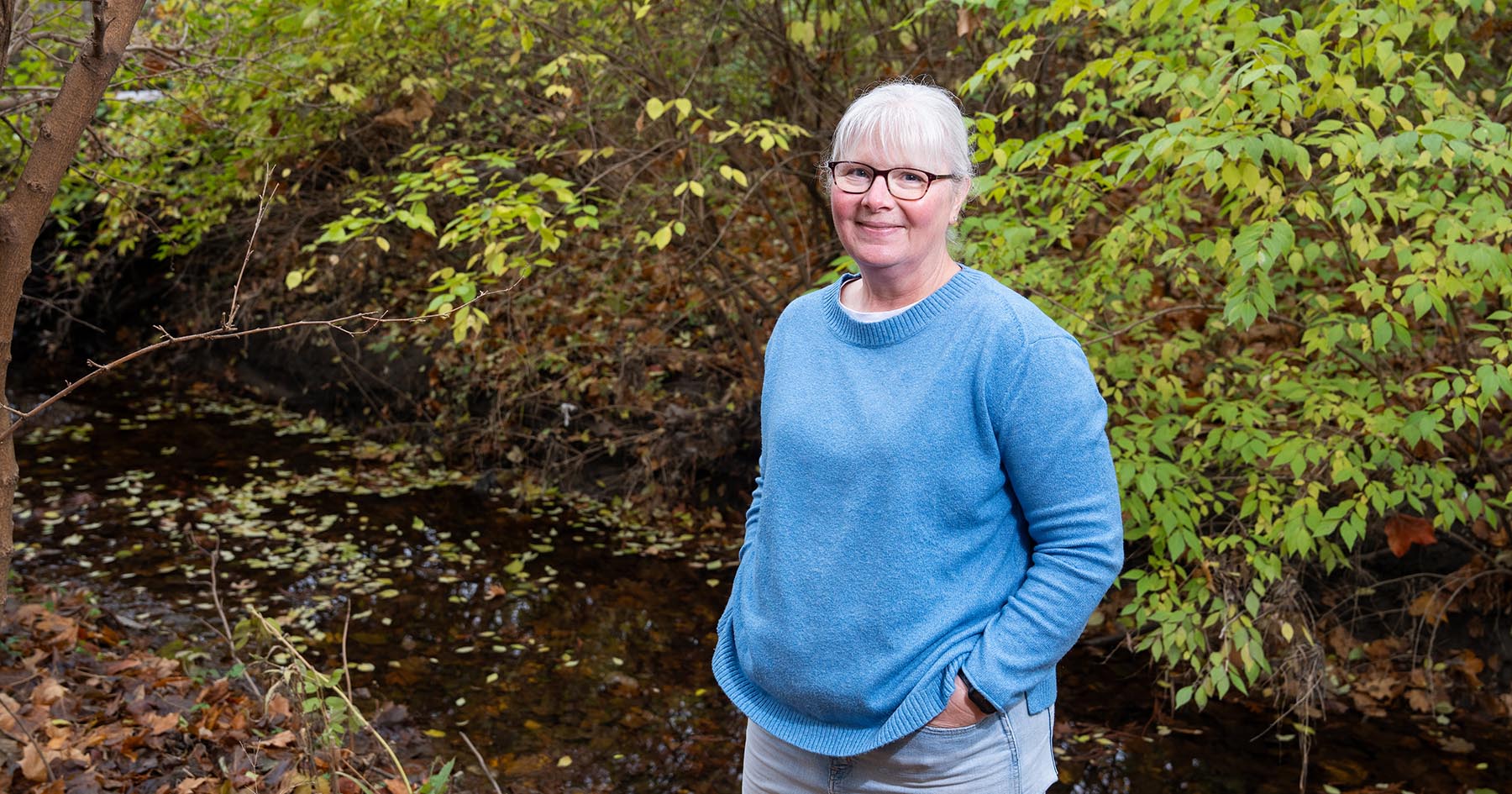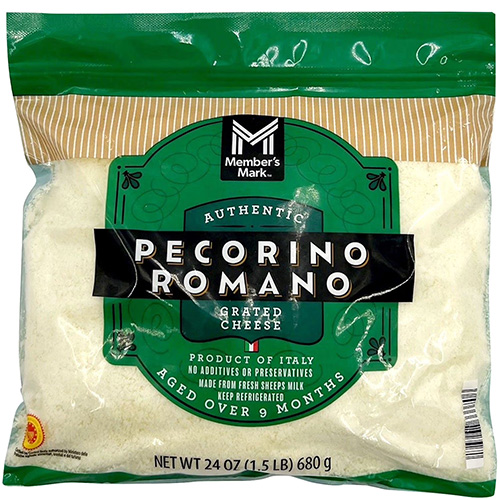Researchers examine nanotechnological methods for improving agriculture
Potential results include higher yields, lower environmental impact
Nanoscale particles could potentially help address agricultural and environmental sustainability issues on a global scale.
Those issues include rising food demand, increasing greenhouse gas emissions generated by agricultural activities, climbing costs of agrochemicals, reducing crop yields induced by climate change, and degrading soil quality. A class of nanoscale particles called “nanocarriers” could make crop agriculture more sustainable and resilient to climate change, according to a group of specialists that includes Kurt Ristroph, assistant professor of agricultural and biological engineering at Purdue University.
“Saying ‘nanoparticle’ means different things to different people,” Ristroph said. In nanodrug delivery, a nanoparticle usually ranges in size from 60 to 100 nanometers and is made of lipids or polymers. “In the environmental world, a nanoparticle usually means a 3- to 5-nanometer metal oxide colloid. Those are not the same thing, but people use ‘nanoparticle’ for both.”
Ristroph helped organize a 2022 interdisciplinary workshop on nanomethods for drug delivery in plants. Funded by the National Science Foundation and the U.S. Department of Agriculture, the workshop was attended by 30 participants from academia, industry and government laboratories.
Many of the workshop participants, including Ristroph, have now published their conclusions in Nature Nanotechnology. Their article, titled “Towards realizing nano-enabled precision delivery in plants,” reviews the possibility nanocarriers could make crop agriculture more sustainable and resilient to climate change.
“Nano-enabled precision delivery of active agents in plants will transform agriculture, but there are critical technical challenges that we must first overcome to realize the full range of its benefits,” said the article’s co-lead author Greg Lowry, the Walter J. Blenko, Sr. Professor of Civil and Environmental Engineering at Carnegie Mellon University. “I’m optimistic about the future of plant nanobiotechnology approaches and the beneficial impacts it will have on our ability to sustainably produce food.”
Plant cells and human cells have major physiological differences. Plant cells have a cell wall while human cells don’t, for example. But certain tools can be transferred from nanomedicine to plant applications.
“People have developed tools for studying the bio-corona formation around nanoparticles in an animal. We could think about bringing some of those tools to bear on nanoparticles in plants,” Ristroph said.
When nanoparticles are injected into the bloodstream, many components of the blood stick onto the surface of the nanoparticles. The various proteins sticking to a nanoparticle’s surface make it look different.
The task then becomes figuring out what proteins or other molecules will stick to the surface and where the particle will go as a result. A nanoparticle designed to move toward a certain organ may have its destination altered by white blood cells that detect the particle’s surface proteins and send it to a different organ.
“Broadly speaking, that’s the idea of bio-corona formation and trafficking,” Ristroph said. “People in drug delivery nanomedicine have been thinking about and developing tools for studying that kind of thing. Some of those thoughts and some of those tools could be applied to plants.”
Researchers already have developed many different architectures and chemistries for making nanoscale delivery vehicles for nanomedicine. “Some of the particle types are transferable,” he said. “You can take a nanoparticle that was optimized for movement in humans and put it in a plant, and you’ll probably find that it needs to be redesigned at least somewhat.”
Ristroph focuses on organic (carbon-based) nanocarriers that have a core-shell structure. The core contains a payload, while the shell forms a protective outer layer. Researchers have used many different types of nanomaterial in plants. The most popular materials are metallic nanoparticles because they are somewhat easier to make, handle and track where they go in a plant than organic nanoparticles.
“One of the first questions that you want to figure out is where these nanoparticles go in a plant,” Ristroph said. “It’s a lot easier to detect a metal inside of a plant that’s made of carbon than it is to detect a carbon-based nanoparticle in a plant that’s made of carbon.”
Last March, Ristroph and Purdue PhD student Luiza Stolte Bezerra Lisboa Oliveira published a critical review of the research literature on the Uptake and Translocation of Organic Nanodelivery Vehicles in Plants in Environmental Science and Technology.
“Not a lot is understood about transformations after these things go into a plant, how they’re getting metabolized,” Ristroph said. His team is interested in studying that, along with ways to help ensure that the nanoparticles are delivered to their proper destinations, and in corona formation. Coronas are biomolecular coatings that affect nanoparticle functions.
The manufacturability of nanocarriers is another interest area that could be transferred to agriculture from nanomedicine.
I care a lot about manufacturability and making sure that whatever techniques we’re using to make the nanoparticles are scalable and economically feasible."
- Kurt Ristroph, assistant professor of agricultural and biological engineering at Purdue University





